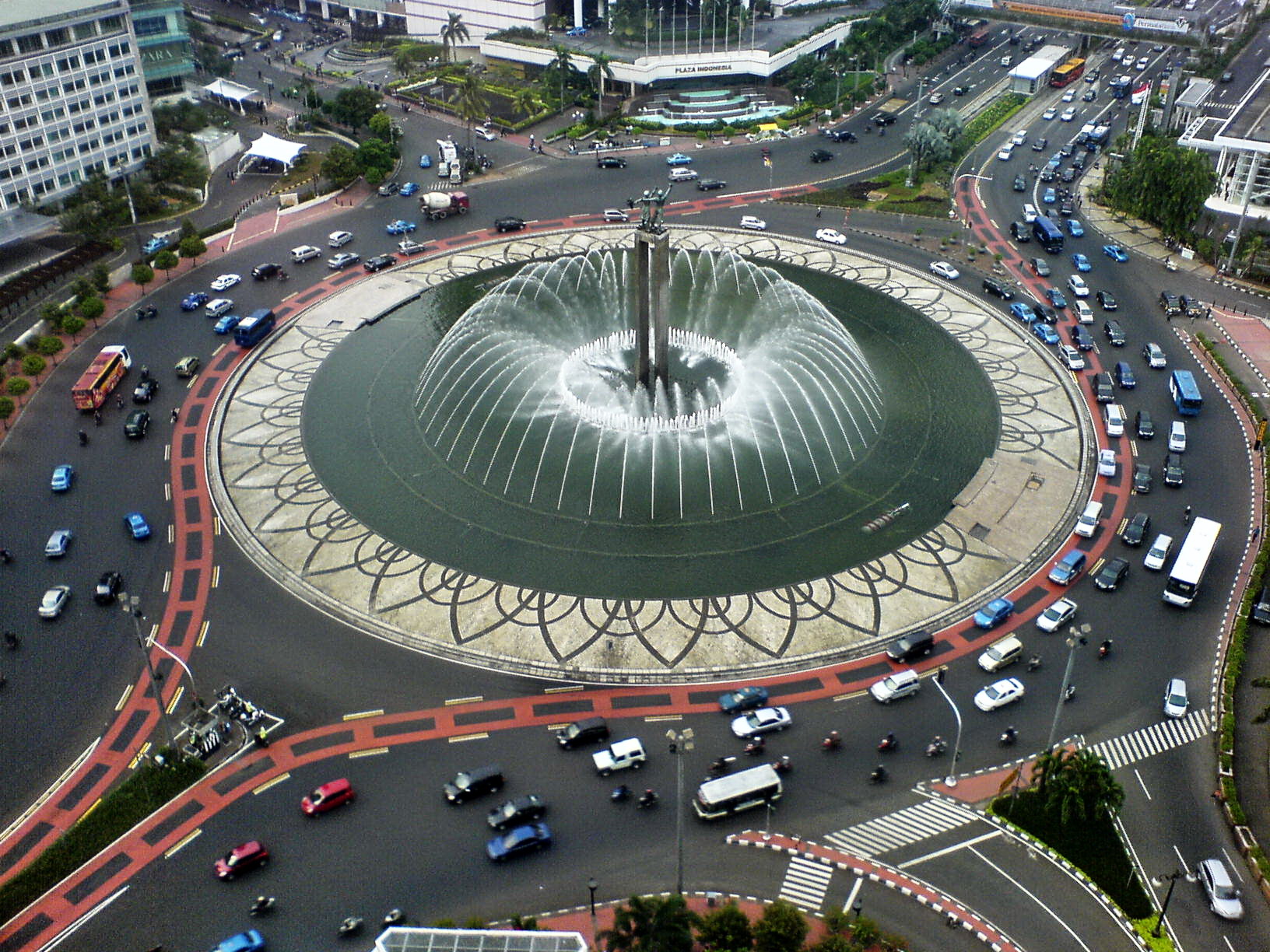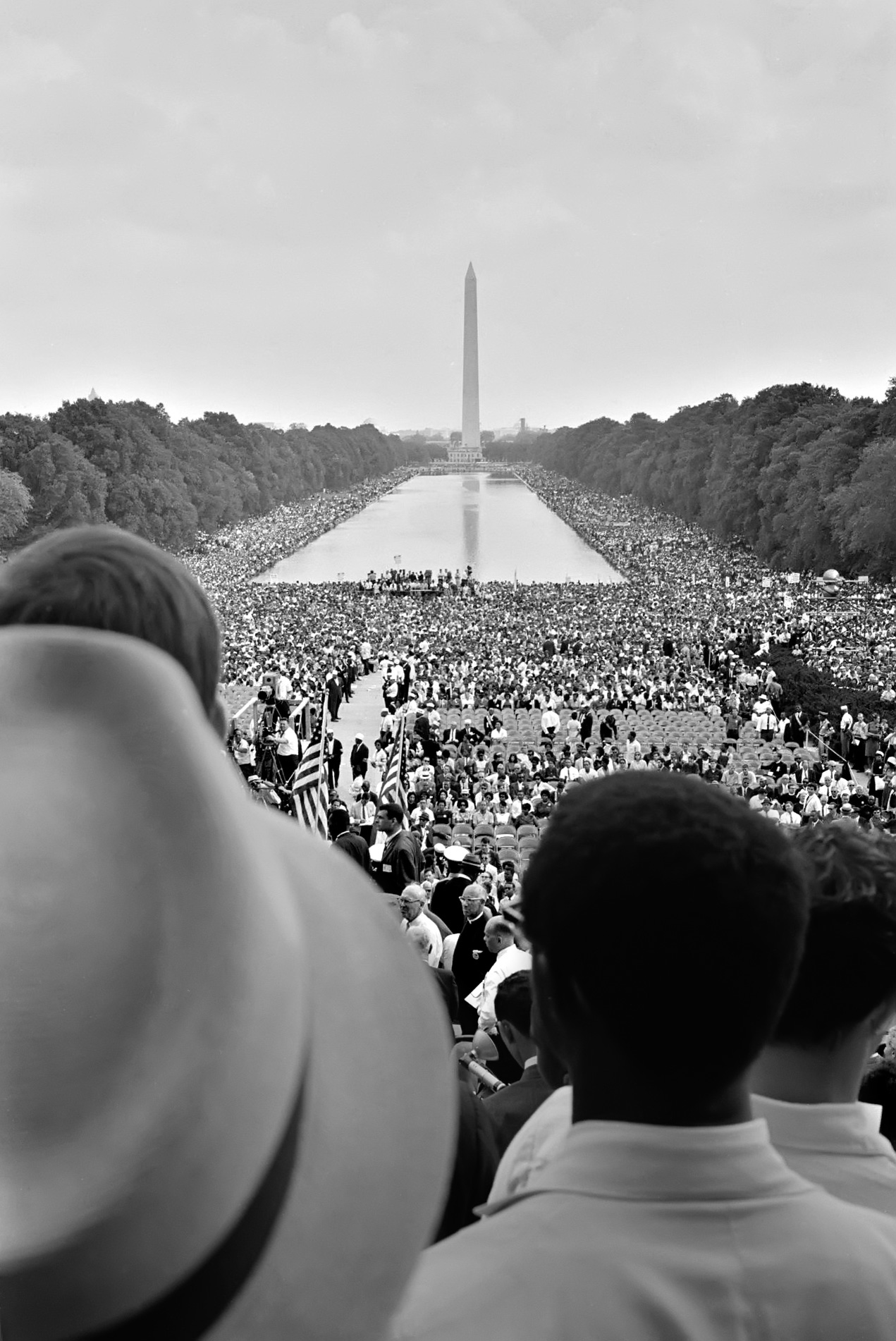|
Bada Tower
The Bada Tower () is a tower in Lieyu Township, Kinmen County, Taiwan. History The tower was constructed in 1963 by the Republic of China Armed Forces to commemorate the fallen seven soldiers from the 1st squad, regiment 145 from the 25th division in Gubeikou, Peking in 1933 in holding back thousands of Imperial Japanese Army during the Anti-Japanese War. Architecture The 8-meter tower is located at the center of a roundabout. On top of it stand statues of soldiers. The propaganda words surrounding the tower reads ''Fight Independently'', ''Persevere'' and ''Survive Death''. See also * List of tourist attractions in Taiwan Popular tourist attractions in Taiwan include the following: Attractions Historical buildings * Beihai Tunnel (Beigan), Beihai Tunnel, Beigan () * Beihai Tunnel (Nangan), Beihai Tunnel, Nangan () * Bopiliao Historic Block * Daxi Wude Hall () * E ... References 1963 establishments in Taiwan Buildings and structures in Kinmen County Lieyu Township ... [...More Info...] [...Related Items...] OR: [Wikipedia] [Google] [Baidu] |
Lieyu
Lieyu Township (Liehyu) (; pinyin: ''Lièyǔ Xiāng''; Hokkien Pe̍h-ōe-jī, POJ: ''Lia̍t-sū-hiong'') is a Township (Taiwan), rural township in Kinmen, Kinmen County (Quemoy), Fujian Province, Republic of China, Fujian Province, Taiwan, Republic of China (Taiwan). It consists mainly of three list of islands of Taiwan, islands located to the west of Kinmen, Greater Kinmen and immediately to the east of Xiamen Island, Xiamen (Amoy) of the China, People's Republic of China: Lesser Kinmen (; Pīnyīn: ''Xiǎojīnmén''), Dadan Island, Dadan, and Erdan Island, Erdan. Name According to tradition, Greater Kinmen/Kinmen Island and Lesser Kinmen/Lieyu were originally one island. Lieyu was split-off ( ''lie'') from Kinmen Island, hence the name Lieyu. History The first people arrived from the Central Plains (China), Central Plains of China during the Tang dynasty and quickly developed the island. The population quickly multiplied. During the Tang dynasty, a horse pasture was set up o ... [...More Info...] [...Related Items...] OR: [Wikipedia] [Google] [Baidu] |
Roundabout
A roundabout, a rotary and a traffic circle are types of circular intersection or junction in which road traffic is permitted to flow in one direction around a central island, and priority is typically given to traffic already in the junction.''The New Shorter Oxford English Dictionary,'' Volume 2, Clarendon Press, Oxford (1993), page 2632 In the United States, engineers use the term modern roundabout to refer to junctions installed after 1960 that incorporate design rules to increase safety. Compared to stop signs, traffic signals, and earlier forms of roundabouts, modern roundabouts reduce the likelihood and severity of collisions greatly by reducing traffic speeds through horizontal deflection and minimising T-bone and head-on collisions. Variations on the basic concept include integration with tram or train lines, two-way flow, higher speeds and many others. For pedestrians, traffic exiting the roundabout comes from one direction, instead of three, simplifying the p ... [...More Info...] [...Related Items...] OR: [Wikipedia] [Google] [Baidu] |
Monuments And Memorials In Taiwan
A monument is a type of structure that was explicitly created to commemorate a person or event, or which has become relevant to a social group as a part of their remembrance of historic times or cultural heritage, due to its artistic, historical, political, technical or architectural importance. Examples of monuments include statues, (war) memorials, historical buildings, archaeological sites, and cultural assets. If there is a public interest in its preservation, a monument can for example be listed as a UNESCO World Heritage Site. The '' Palgrave Encyclopedia of Cultural Heritage and Conflict'' gives the next definition of monument:Monuments result from social practices of construction or conservation of material artifacts through which the ideology of their promoters is manifested. The concept of the modern monument emerged with the development of capital and the nation-state in the fifteenth century when the ruling classes began to build and conserve what were termed monument ... [...More Info...] [...Related Items...] OR: [Wikipedia] [Google] [Baidu] |
Lieyu Township
Lieyu Township (Liehyu) (; pinyin: ''Lièyǔ Xiāng''; Hokkien Pe̍h-ōe-jī, POJ: ''Lia̍t-sū-hiong'') is a Township (Taiwan), rural township in Kinmen, Kinmen County (Quemoy), Fujian Province, Republic of China, Fujian Province, Taiwan, Republic of China (Taiwan). It consists mainly of three list of islands of Taiwan, islands located to the west of Kinmen, Greater Kinmen and immediately to the east of Xiamen Island, Xiamen (Amoy) of the China, People's Republic of China: Lesser Kinmen (; Pīnyīn: ''Xiǎojīnmén''), Dadan Island, Dadan, and Erdan Island, Erdan. Name According to tradition, Greater Kinmen/Kinmen Island and Lesser Kinmen/Lieyu were originally one island. Lieyu was split-off ( ''lie'') from Kinmen Island, hence the name Lieyu. History The first people arrived from the Central Plains (China), Central Plains of China during the Tang dynasty and quickly developed the island. The population quickly multiplied. During the Tang dynasty, a horse pasture was set up o ... [...More Info...] [...Related Items...] OR: [Wikipedia] [Google] [Baidu] |
Buildings And Structures In Kinmen County
A building or edifice is an enclosed structure with a roof, walls and windows, usually standing permanently in one place, such as a house or factory. Buildings come in a variety of sizes, shapes, and functions, and have been adapted throughout history for numerous factors, from building materials available, to weather conditions, land prices, ground conditions, specific uses, prestige, and aesthetic reasons. To better understand the concept, see ''Nonbuilding structure'' for contrast. Buildings serve several societal needs – occupancy, primarily as shelter from weather, security, living space, privacy, to store belongings, and to comfortably live and work. A building as a shelter represents a physical separation of the human habitat (a place of comfort and safety) from the ''outside'' (a place that may be harsh and harmful at times). buildings have been objects or canvasses of much artistic expression. In recent years, interest in sustainable planning and building practi ... [...More Info...] [...Related Items...] OR: [Wikipedia] [Google] [Baidu] |
1963 Establishments In Taiwan
Events January * January 1 – Bogle–Chandler case: Commonwealth Scientific and Industrial Research Organisation scientist Dr. Gilbert Bogle and Mrs. Margaret Chandler are found dead (presumed poisoned), in bushland near the Lane Cove River, Sydney, Australia. * January 2 – Vietnam War – Battle of Ap Bac: The Viet Cong win their first major victory. * January 9 – A January 1963 lunar eclipse, total penumbral lunar eclipse is visible in the Americas, Europe, Africa and Asia, and is the 56th lunar eclipse of Lunar Saros 114. Gamma has a value of −1.01282. It occurs on the night between Wednesday, January 9 and Thursday, January 10, 1963. * January 13 – 1963 Togolese coup d'état: A military coup in Togo results in the installation of coup leader Emmanuel Bodjollé as president. * January 17 – A last quarter moon occurs between the January 1963 lunar eclipse, penumbral lunar eclipse and the Solar eclipse of January 25, 1963, annular solar ... [...More Info...] [...Related Items...] OR: [Wikipedia] [Google] [Baidu] |
List Of Tourist Attractions In Taiwan
Popular tourist attractions in Taiwan include the following: Attractions Historical buildings * Beihai Tunnel (Beigan), Beihai Tunnel, Beigan () * Beihai Tunnel (Nangan), Beihai Tunnel, Nangan () * Bopiliao Historic Block * Daxi Wude Hall () * Eternal Golden Castle * First Guesthouse * Fongyi Tutorial Academy * Former British Consulate at Takao * Former Japanese Navy Fongshan Communication Center * Former Tainan Weather Observatory * Fort Provintia * Fort Santo Domingo * Fort Zeelandia (Taiwan), Fort Zeelandia * Fuxing Barn * Great South Gate * Gulongtou Zhenwei Residence * Hobe Fort * Jhen Wen Academy * Kaohsiung Grand Hotel * Keelung Fort Commander's Official Residence * Lee Teng-fan's Ancient Residence * Lin Family Mansion and Garden * Meinong East Gate Tower * Moving Castle * Niumatou Site * North Gate of Xiong Town * Presidential Office Building, Taipei, Presidential Office Building * Qihou Fort * Qing Dynasty Taiwan Provincial Administration Hall * Shihlin Paper Mill * Taipe ... [...More Info...] [...Related Items...] OR: [Wikipedia] [Google] [Baidu] |
Second Sino-Japanese War
The Second Sino-Japanese War was fought between the Republic of China (1912–1949), Republic of China and the Empire of Japan between 1937 and 1945, following a period of war localized to Manchuria that started in 1931. It is considered part of World War II, and often regarded as the beginning of World WarII in Asia. It was the largest Asian war in the 20th century and has been described as The Asian Holocaust, in reference to the scale of Japanese war crimes against Chinese civilians. It is known in China as the War of Resistance against Japanese Aggression. On 18 September 1931, the Japanese staged the Mukden incident, a false flag event fabricated to justify their Japanese invasion of Manchuria, invasion of Manchuria and establishment of the puppet state of Manchukuo. This is sometimes marked as the beginning of the war. From 1931 to 1937, China and Japan engaged in skirmishes, including January 28 incident, in Shanghai and in Northern China. Chinese Nationalist and C ... [...More Info...] [...Related Items...] OR: [Wikipedia] [Google] [Baidu] |
Kinmen
Kinmen, alternatively known as Quemoy, is a group of islands governed as a county by the Republic of China (Taiwan), only east from the city of Xiamen in Fujian, located at the southeastern coast of the People's Republic of China, from which they are separated by Xiamen Bay. Kinmen is also located west from the closest shoreline of the island of Taiwan across the Taiwan Strait. The county consists of the major island of Kinmen along with several surrounding islets, as well as Wuqiu Township remotely located northeast from the rest of the county., United States National Geospatial-Intelligence Agency Kinmen is one of two counties that constitute Fuchien Province; the other is Lienchiang County (Matsu). Kinmen's strategic location in the Taiwan Strait has caused numerous confrontations, making it a visible embodiment of political change on cross-strait relations. In August 1958, Kinmen was heavily bombarded by the People's Liberation Army during the Second Taiwa ... [...More Info...] [...Related Items...] OR: [Wikipedia] [Google] [Baidu] |
Imperial Japanese Army
The Imperial Japanese Army (IJA; , ''Dai-Nippon Teikoku Rikugun'', "Army of the Greater Japanese Empire") was the principal ground force of the Empire of Japan from 1871 to 1945. It played a central role in Japan’s rapid modernization during the Meiji period, fought in numerous conflicts including the First Sino-Japanese War, the Russo-Japanese War, World War I, the Second Sino-Japanese War, and World War II, and became a dominant force in Japanese politics. Initially formed from domain armies after the Meiji Restoration, it evolved into a powerful modern military influenced by French and German models. The IJA was responsible for several overseas military campaigns, including the invasion of Manchuria, involvement in the Boxer Rebellion, and fighting across the Asia-Pacific during the Pacific War. Notorious for committing widespread Japanese war crimes, war crimes, the army was dissolved after Japan's surrender in 1945, and its functions were succeeded by the Japan Ground Self-D ... [...More Info...] [...Related Items...] OR: [Wikipedia] [Google] [Baidu] |
Republic Of China Armed Forces
The Republic of China Armed Forces ( zh, t=中華民國國軍) are the national military forces of the Taiwan, Republic of China (ROC), which is now based primarily in the Taiwan Area but Republic of China (1912–1949), formerly governed Mainland China prior to 1949. The armed forces comprise the Republic of China Army, Army, Republic of China Navy, Navy (including the Republic of China Marine Corps, Marine Corps), Republic of China Air Force, Air Force, and Republic of China Military Police, Military Police Force. The military operates under the civilian control of the Ministry of National Defense (Republic of China), Ministry of National Defense, a cabinet-level body overseen by the Legislative Yuan. Originally known as the National Revolutionary Army (NRA), the forces were renamed the Republic of China Armed Forces in 1947 following the implementation of the Constitution of the Republic of China. Prior to the Proclamation of the People's Republic of China, establishment of ... [...More Info...] [...Related Items...] OR: [Wikipedia] [Google] [Baidu] |








